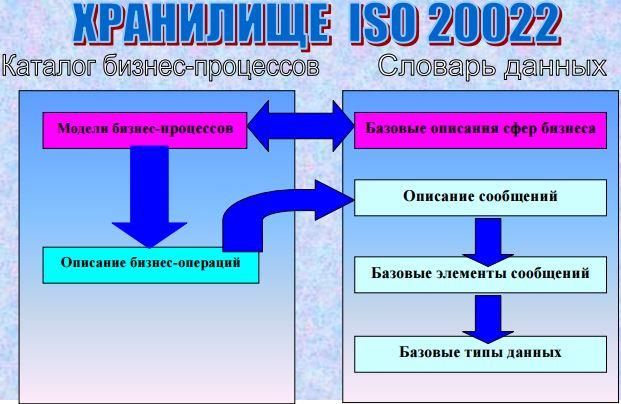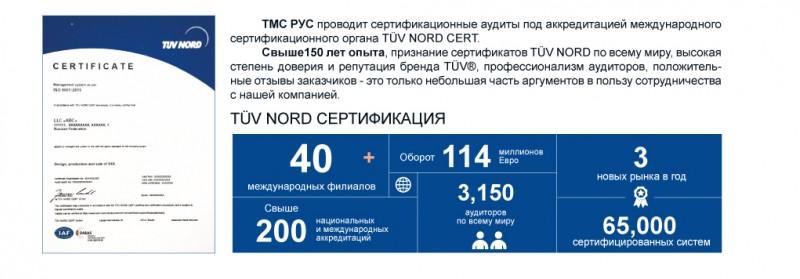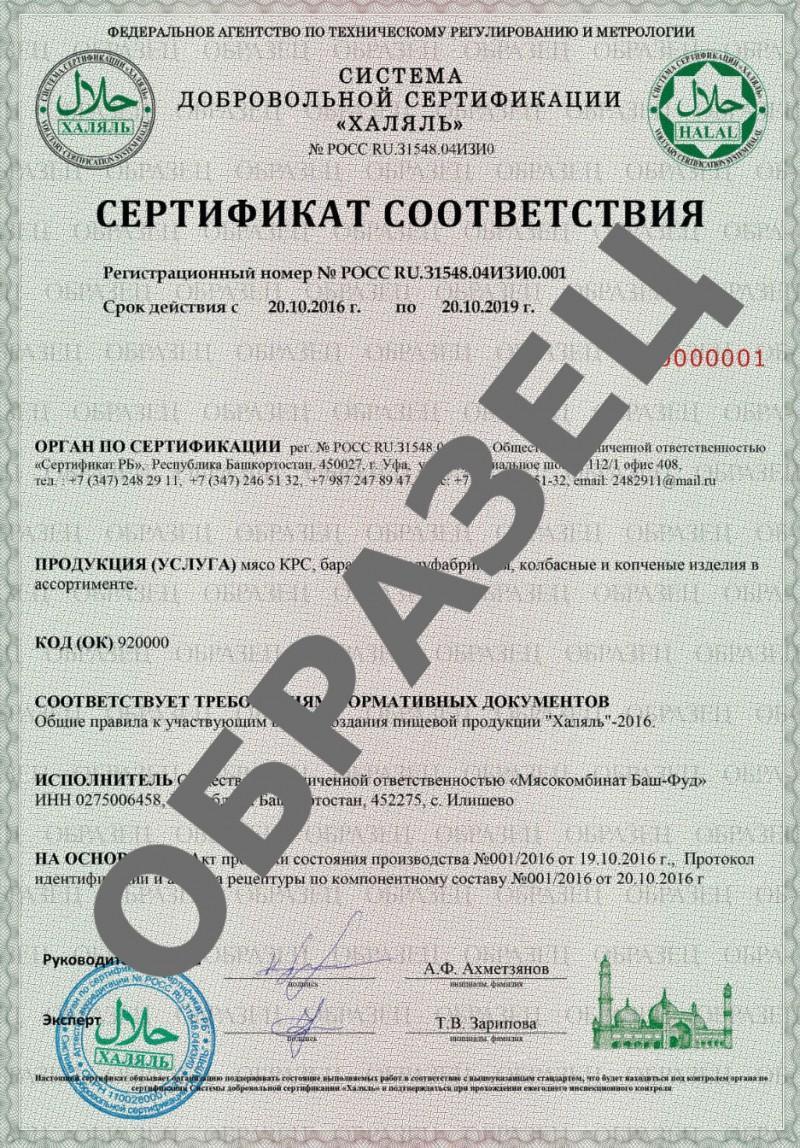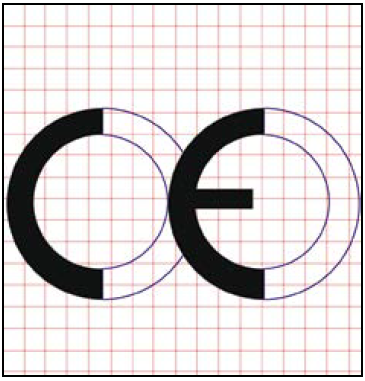Iatf 16949
Содержание:
Преимущества внедрения стандарта для организации
По мнению Международной организации по стандартизации соответствие требованиям стандарта ISO/TS16949 влечет за собой определенные преимущества:
- Уменьшение количества отходов и минимизация дефектов. Реализация данного пункта основана на внедрении процессного подхода. Благодаря его применению, компания имеет возможность повысить эффективность производственных процессов, и как следствие, сократить количество выпускаемого брака и затраты ресурсов и времени.
- Лицензия на торговые операции. Сертификация является обязательным условием торговых отношений практически для всех автомобильных компаний, поскольку эта система значительно облегчает ведение бизнеса, так как считается общепризнанной во всем мире.
- Простота и гибкость применения. Поскольку стандарт ISO/TS16949 разработан на основе стандарта ISO 9001, его легко совмещать с другими уже введенными системами менеджмента, например, OHSAS 18001 и ISO 14001. В итоге, введение ISO/TS16949 требует гораздо меньше финансовых и временных затрат, при этом обеспечивая хорошие перспективы для дальнейшего развития бизнеса.
- Поддержание хорошей репутации торговой марки. Партнеры и клиенты организации заинтересованы в том, чтобы качество продукции компании-производителя было подтверждено. Поэтому наличие сертификата соответствия требованиям ISO/TS16949 влечет за собой неизменно высокое качество продукции и свидетельствует о стабильности компании-поставщика.
- Сокращение расходов благодаря отсутствию необходимости дублирования. Получение сертификата соответствия ISO/TS16949 способствует освобождению от получения схожих документов, таких как EAQF, AVSF, QS-9000 и др. Также проведение аудита вторыми и третьими сторонами является необязательным.
How to Implement IATF 16949
Organizations’ deciding to develop and implement any new or improved QMS is a strategic decision. All efforts should be focused on the identification and minimization of risk while meeting and exceeding customer and organizational goal and objective requirements.
Organizations should make a commitment to:
- Recognize direct and indirect customers as those who receive value from the organization
- Understand customers current and future needs and expectations
- Link the organization’s objectives to customer needs and expectations
- Communicate customer needs and expectations throughout the organization
- Plan, design, develop, produce, deliver and support products to meet customer needs and expectations
- Measure and monitor customer satisfaction and take appropriate actions
- Determine and take actions on interested parties needs and expectations that can affect customer satisfaction
- Actively manage relationships with customers to achieve sustained success
- Become more socially responsible
- Provide necessary resources to ensure product safety requirements are met
IATF 16949 Compliance can be achieved through Quality-One’s Seven Phase Approach:
ВЫГОДЫ ОТ ВНЕДРЕНИЯ (СЕРТИФИКАЦИИ)
- повышение эффективности производства;
- снижение процента ошибок;
- внедрение системного подхода к качеству по всей цепочке поставщиков и использование передового опыта автомобилестроения;
- Улучшение качества продукции и процессов производства;
- предотвращение финансовых потерь;
- значительное повышение доверия со стороны производителей;
- получение возможности войти в цепочку поставок автопроизводителей на глобальном рынке;
- создание имиджа ответственной организации;
- исключение необходимости в многочисленных дополнительных сертификациях;
- эффективное использование ресурсов.
What is IATF 16949
The IATF 16949 standard provides guidance and tools for companies and organizations who want to ensure that their products consistently meet customer requirements and that quality and customer satisfaction are consistently improved. Requirements for certification to IATF 16949 are defined in the 2016 Revision 5 of the rules for achieving and maintaining IATF recognition.
The IATF 16949 standard is a supplemental standard and is used in conjunction with the ISO standards:
- IATF 16949 – establishes the Automotive supplemental requirements of a quality management system
- ISO 9001 – defines the base requirements of a quality management system
- ISO 9000 – covers the basic concepts and language
- ISO 9004 – focuses on how to make a quality management system more efficient and effective
- ISO 19011 – provides guidance on internal (1st party) and external (2nd party) audits of quality management systems
- ISO 31000 – outlines risk management principles and guidelines
IATF 16949 defines the criteria for an automotive-based QMS with the goal to become 3rd party registered. It can be used by any supplier, large or small, and should be applied throughout the automotive supply chain. In fact, there over 65,000 suppliers worldwide which are currently certified to ISO/TS 16949. All requirements of IATF 16949 are applicable unless suppliers do not provide product design related functions. Requirements are generic and are intended to be applicable to any supplier providing design and development, production and, when relevant, assembly, installation and services of automotive related products, including products with embedded software. The IATF 16949 standard is applicable to sites of the organization where manufacturing of customer-specified production parts, service parts, and/or accessory parts occur.
The standard is based on seven Quality Management Principles, including a strong customer focus, the motivation and implication of top management, the process approach and continual improvement.
These Quality Management Principles are defined as follows:










